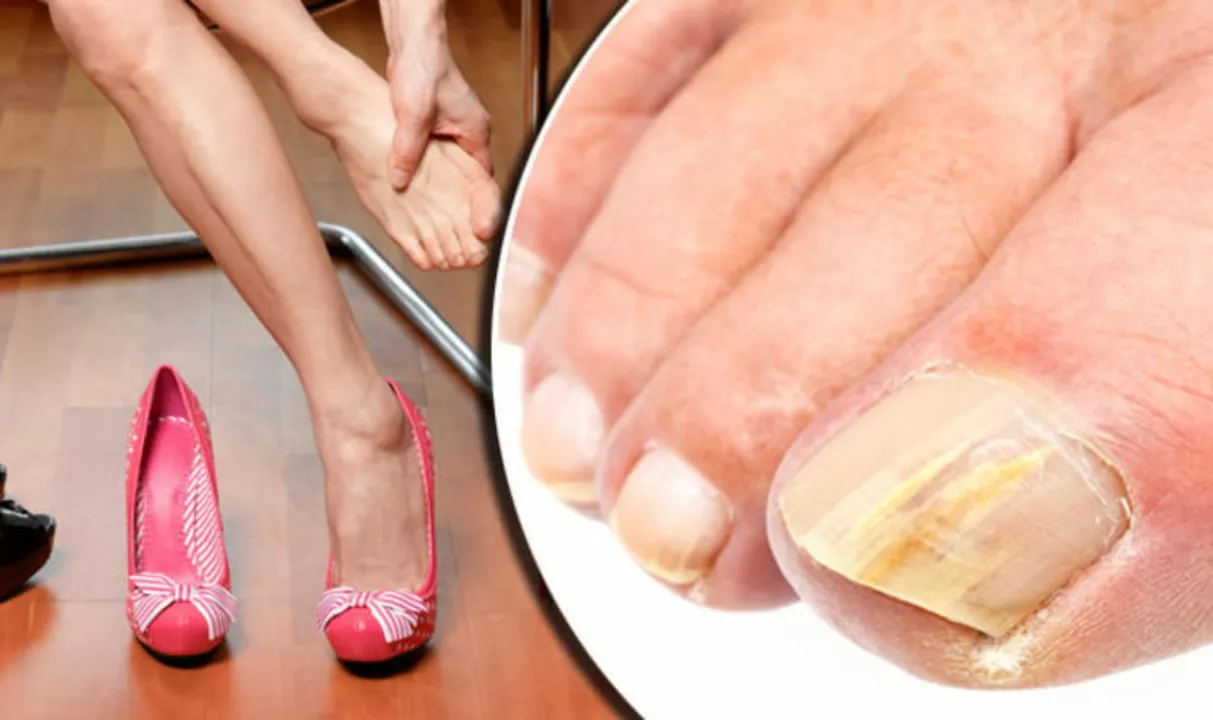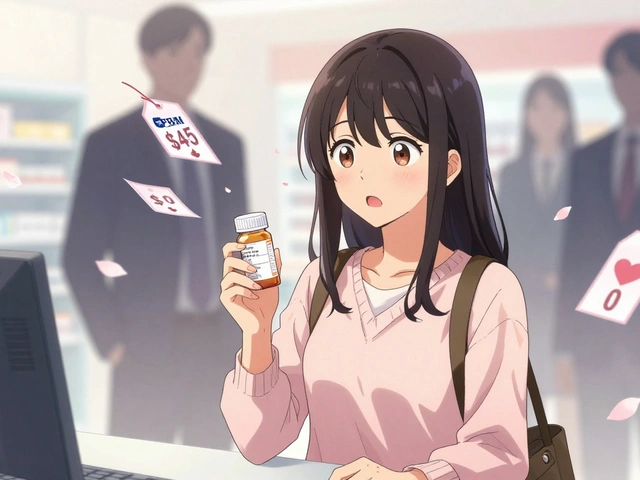Fungal infections — how to spot them, treat them, and save on meds
Fungal infections show up in different ways, from scaly feet to stubborn nail changes. You don’t always need a doctor, but a little know-how helps you avoid mistakes that make infections last longer. Below are clear signs, simple fixes, and buying tips so you don’t overpay for effective treatment.
Spotting fungal infections fast
Look for these concrete signs: itchy, burning skin between toes (athlete’s foot); circular red patches with raised edges (ringworm); thick, discolored, crumbly nails (onychomycosis); or white curd-like discharge and itching in the groin or vagina (yeast infection). If the area is hot, swollen, or producing pus, that could mean a bacterial infection too — see a clinician.
Timing matters. A simple skin fungus often improves within 1–3 weeks of topical treatment. Nail infections can take months to clear and need different care. If symptoms return quickly after stopping medicine, talk to a doctor — you might need a different drug or a longer course.
Treatment that actually works (and what to avoid)
For skin infections, topical antifungals are the first line. Common, effective options include clotrimazole, miconazole, and terbinafine creams. Apply as directed and finish the full course — even if the skin looks better sooner. Stopping early is the main reason infections come back.
For nail infections or widespread problems, oral antifungals (terbinafine, itraconazole, fluconazole) may be needed. These work well but can affect the liver and interact with other drugs. Ask a pharmacist or doctor about liver checks and drug interactions before you start.
Avoid steroid creams unless a doctor prescribes them. Steroids can hide symptoms and let fungi spread. Also, don’t rely solely on home remedies for persistent or painful infections.
Prevention wins: keep skin dry, change socks daily, use breathable shoes, don’t share towels, and dry public-shower feet immediately. For women, avoid tight synthetic underwear and follow good hygiene during antibiotic use, since antibiotics can trigger yeast overgrowth.
If you buy meds online or across the border, check a few things: choose licensed pharmacies, compare generic options (generic fluconazole or terbinafine often cost less), confirm if a prescription is required, and read product labels for dose and duration. When saving money, don’t cut back on the duration — that’s a false economy that leads to repeat infections and higher costs later.
See a doctor if symptoms are severe, widespread, recurrent, or if you have diabetes or a weakened immune system. Quick action and the right drug usually solve most fungal infections, and smart buying keeps treatment affordable without compromising safety.






